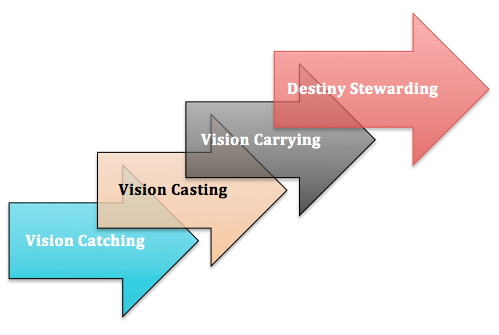
Please Stop Herding Me
As I said in my previous post, I think the primary business of the church is the Moving Business. We are called to help people move from where they are to where God is calling them. Today I’d like to share a contrast and a prediction. First the contrast.
Moving vs Herding
We are in the Moving Business, not the Herding Business. The Herding Business gets the livestock to go where the leader decides they need to go. There is a pre-determined destination for the herd; the individual isn’t important. The goal is to move as many animals (members, attenders, cattle) from point A to point B as efficiently as possible.The challenge is to protect my herd from poachers, who have a different destination in mind, while moving them closer to my end point.
In the Moving Business the goal is to move the individual toward their destination, not necessarily the destination the leader chooses. Almost everyone has a different destination, so there is no “one size fits all” ministry package. The Moving Business is much slower and more complicated than the Herding Business. The Moving Business is only effective when the herd is broken down into much smaller groups with many more leaders; each individual needs a leader who will help them move toward their God-ordained destination. While connection to the herd is important, these smaller groups are where the actual moving is accomplished.
The Moving Business has huge, untapped potential
Jesus demonstrated the Moving Business approach when he called his first disciples. He pointed them toward their God-given destination as fishers of men and then spent three years teaching them to fish. Although Jesus attracted crowds and taught the masses, his primary focus was moving 12 men toward their God-given destinations. Jesus final act as he wrapped up his mission on earth in John 21 was reminding Peter of the primacy and individual nature of his mission.
John 21:22 (ESV) Jesus said to him, “If it is my will that he remain until I come, what is that to you? You follow me!”
The Moving Business has potential for exponential growth. People desperately want to know how to find the way to their God-given destination. Rick Warren sold 60 million copies of “Purpose Driven Live” because of this drive. Joel Osteen’s “Your Best Life Now” addressed the same topic from a different angle. Even “The Secret” by Rhonda Byrne appeals to this desire. A church that delivers on the promise to help people discover and find their way to their true God-ordained destination won’t be able to contain the growth.
To see this kind of impact, however, a church has to change businesses. Educating, warehousing, entertaining and herding become secondary, and they refocus their energy and resources on the Moving Business. The key activity becomes equipping leaders to help people discover and move toward their God-given destination. The Moving Business is all-encompassing but hugely rewarding.
Read more from Geoff here.

Tags: Geoff Surratt, Recasting Vision, Vision Clarity, Vision Frame






























